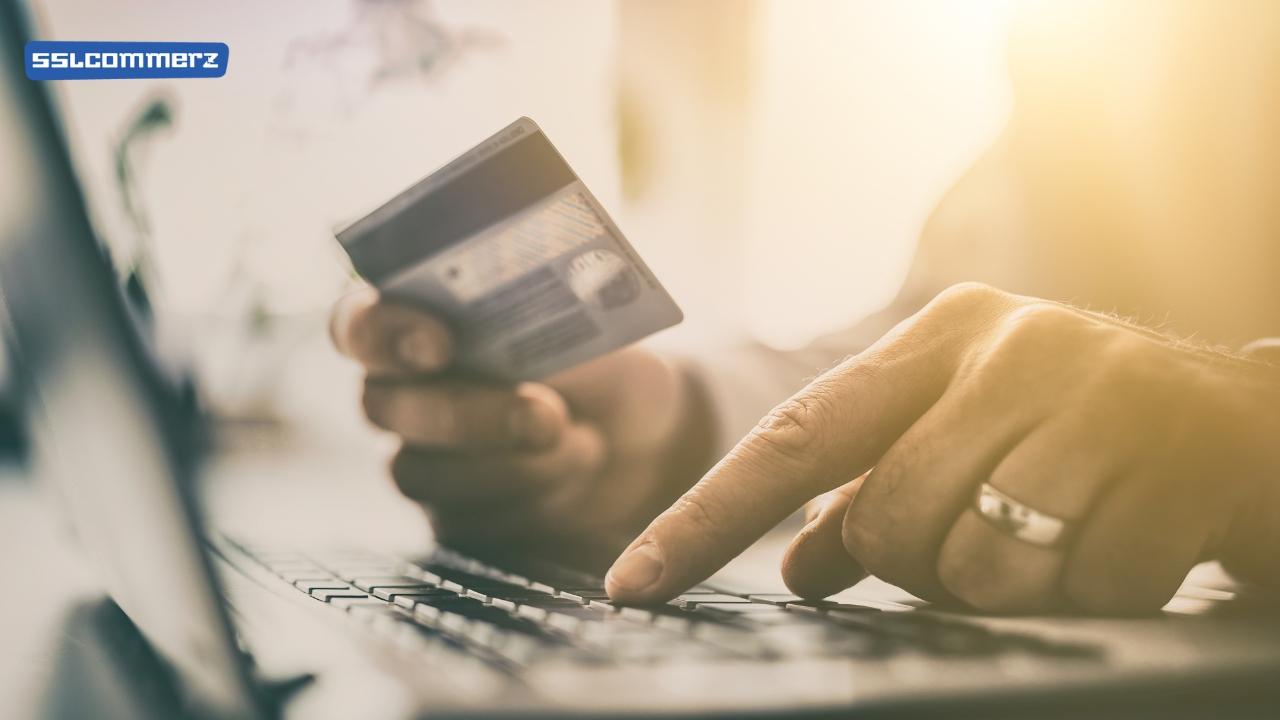When you're building your store, you need a payment gateway for customers to pay you. With so many options, how do you know what's right?
The argument almost always boils down to the two biggest players: Stripe vs Paypal. While these are the main options, there are many more payment gateways that have their pros and cons.
But before we get ahead of ourselves, let's quickly go over the basics.
What is a payment gateway?
Simply put, a payment gateway is a service that authorizes payments made to you from your customer. The gate will:
Encrypt and send all data related to the transaction.
Check and confirm that the card/payment option is authorized.
Once it encrypts and authorizes everything, it ensures that the transaction is processed and cleared.
Money handling is always a sensitive topic, so let's take a look at what makes a payment gateway reliable.
What to look for in a payment gateway
When handling money, security is always the number one priority. To make sure your payment solution providers is secure, always check that they are PCI compliant. To learn more about security, you can also read about e-commerce scams and how to avoid them.
All payment gateways listed here are compatible and have their own special security measures.
Streamlining
Another very important factor to consider is streamlining. In fact, 1 in 4 people abandon their order because of "too long/complicated checkout process".
Obviously, the checkout process is a very important part of your website that you can customize to significantly increase conversions. By reducing the number of clicks it takes to pay for something, you can simplify checkout and reduce cart abandonment rates.
Look for a payment gateway that gives you the flexibility and customization to streamline your payments.
Transaction Fees
It's also important to keep an eye on transaction fees. The industry standard is 2.9% + 30c per transaction. To be competitive, some gateways offer volume discounts and different rates for micropayments.
payment methods
Finally, every customer has their own preferred online payment methods. In addition, each country has its own standard/preferred payment methods.


